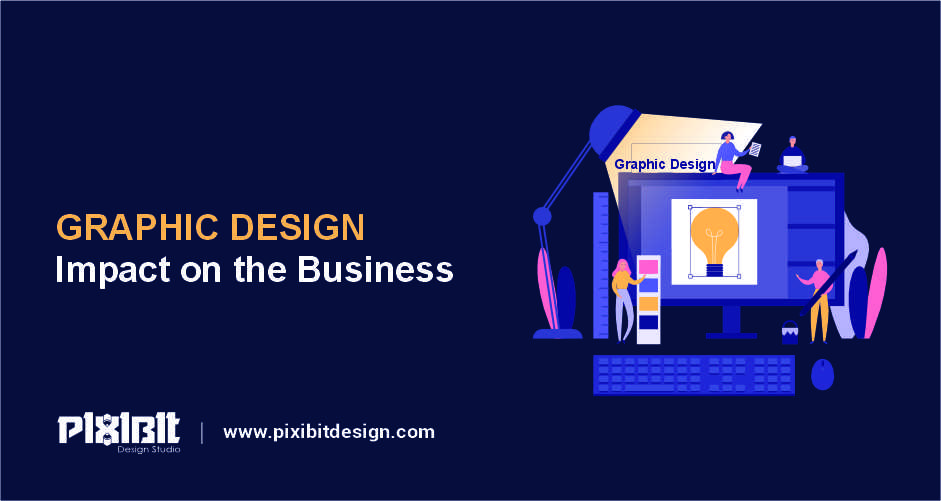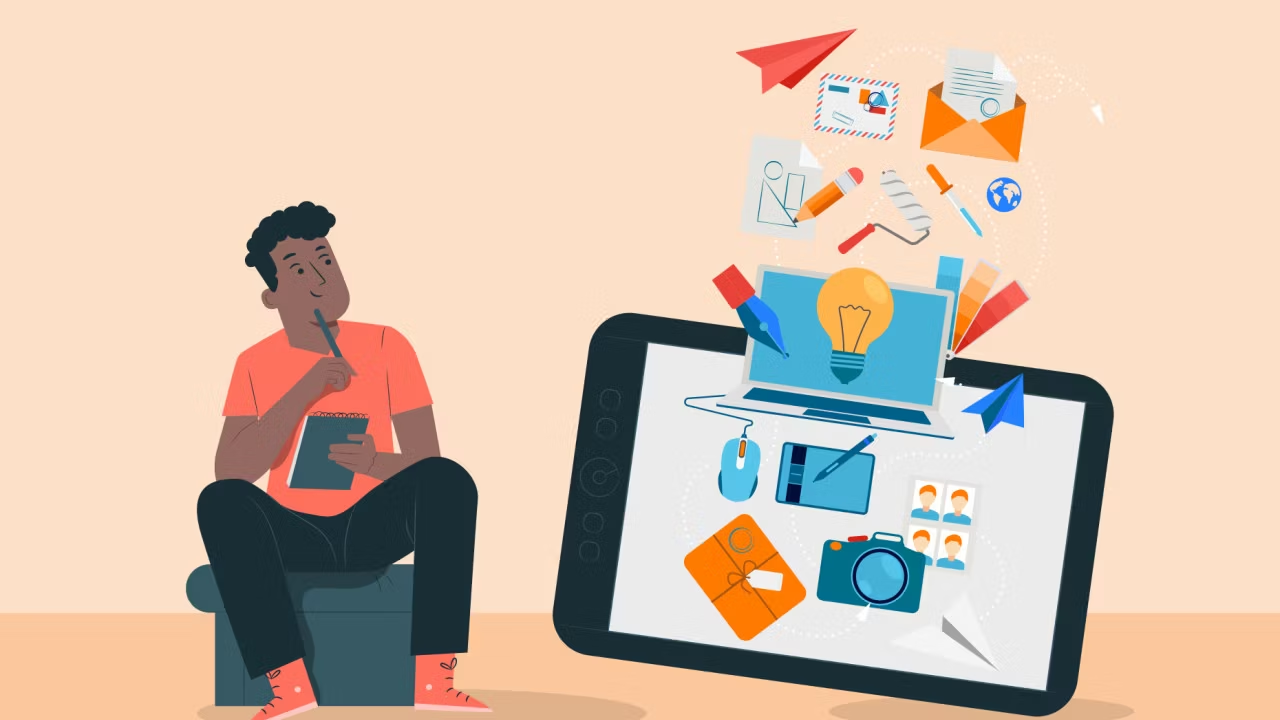

In today’s fast-paced digital world, visual communication plays a vital role in brand identities and consumer perceptions. From eye-catching logos to captivating marketing materials, graphic design is the visual language bridging the gap between businesses and their target audiences. In this era of competition and ever-evolving markets, businesses must recognize the impact that strategic graphic design can have on their success and longevity.
By understanding design and creativity, businesses can the transformative potential of graphic design to elevate their brand presence, and customer loyalty, and achieve sustainable growth. Graphic design helps to communicate effectively with the audience because visual aids are better at conveying ideas. Compared with text, creative designs, informative graphics or pictures can convey ideas and information more effectively. Graphic design helps to create a professional brand image.

Here, are some features that impact the Graphic design of our business.
1. Creating a strong brand image
Graphic Design can communicate the brand personality, and unique selling propositions effectively, that showcase the brand value in the market. Whether through the design of marketing materials, packaging, or digital assets, every visual element should align with the brand’s identity with its target audience. Moreover Graphic Design can increase brand perception and differentiation in the market. Furthermore, a brand image enhances the effectiveness of marketing efforts. Consistent pleasing design across all channels, including social media, websites, advertisements, and physical collateral, creates a cohesive brand experience for consumers, driving engagement and conversion rates.
2. Visual language for the customer
Visual language in graphic design allows businesses to convey complex ideas and messages clearly and compellingly. Whether through a sleek logo, an engaging social media post, or a well-designed product packaging, businesses can use visual elements to showcase specific emotions, tell stories, and influence consumer perceptions. By understanding the preferences and expectations of their target demographic, businesses can tailor their visual language to conversation with their audience, ultimately driving engagement and conversion. Consistent use of color schemes, typography, imagery, and other design elements helps create a recognizable and memorable brand image that fosters trust and loyalty among customers.
3. Brand identity
Brand identity is the power of a successful business and graphic design. Through carefully crafted logos, color schemes, typography, and visual elements, graphic design serves as the visual representation of a company’s values, personality, and mission. Consistent branding across all touchpoints, from websites and social media to packaging and advertising materials, helps to establish brand recognition and build trust with consumers.
Moreover, strategic graphic design can differentiate a business from its competitors, creating a unique and memorable identity with target audiences. Creating the best graphic design can ensure brand identity through the pictures or symbols.
4. Digital presence
The digital presence of graphic design in our business is not just an option but it’s a necessity in today’s interconnected world. Customers can recognize our company by watching our logos, design, and social media platform. That will engage your customers on the digital platform.
Every pixel, color choice, and layout decision in our digital assets contributes to shaping the perception of our business among our target audience. A strong digital presence crafted through strategic graphic design ensures that our brand message is communicated effectively, and with our meaningful audience connections. From our website design to social media graphics and digital advertising campaigns.
5. Build a strong network
With the help of graphic design, small businesses can build new customers across the world and create new markets. Your graphic visual can capture the brand materials and their connection with the social media content. A strong network is one that you reach out to often and continue to nurture. If you don’t keep in touch with those you want to build a relationship with, you will end up only reaching out when you need something. If you are creating a graphic design, that will create a strong market value and build your relationship with the customer. However, it will make you more effective through the graphic work.
Types of Graphic Design:
Brand Identity (Visual Identity) Design: This involves creating the visual elements that define a company’s brand, including its logo, typography, color palette, and imagery. These elements work together to create a consistent and recognizable brand image across all marketing materials.
Marketing & Advertising Graphic Design: This type of graphic design is all about creating visuals that grab attention, promote products or services, and drive sales. It includes designing elements for print ads, social media graphics, billboards, and marketing brochures.
Web Design: Web design focuses on creating the visual layout and user interface (UI) of websites. It involves designing elements like menus, buttons, and page layouts to ensure a user-friendly and aesthetically pleasing experience for website visitors.
UI/UX Design: UI (User Interface) and UX (User Experience) design go hand in hand. UI design focuses on the visual elements of interfaces, while UX design focuses on the overall user experience, including usability, accessibility, and information architecture.
Packaging Design: Packaging design is all about creating the visual elements for product packaging. It involves designing the graphics, layout, and overall look and feel of a product’s packaging to attract customers and effectively communicate the product’s brand and message.
Illustration: Illustration is the art of creating visual images to communicate ideas or stories. Illustrators can work in a variety of styles and mediums, and their work can be used for a variety of purposes, including advertising, children’s books, and editorial content.
Conclusion
Graphic design is a powerful way for businesses to communicate with their audience and can help establish a brand’s visual identity. Which can reflect the company’s goals and values. It can also help build a positive first impression, create credibility, and communicate ideas efficiently. Graphic design can be found in many places, including newspapers, magazines, packaging, branding, websites, posters, books, etc… Further, it helps build brand consistency, communicate with information, increase sales, and enhance trust and credibility.
